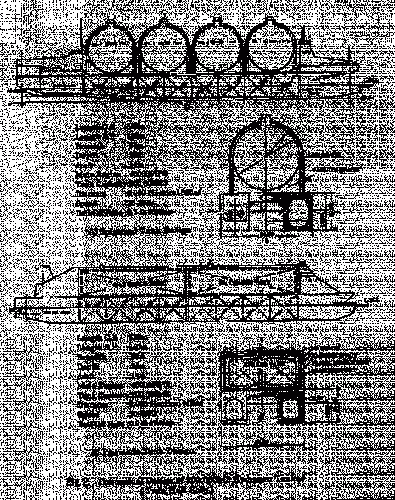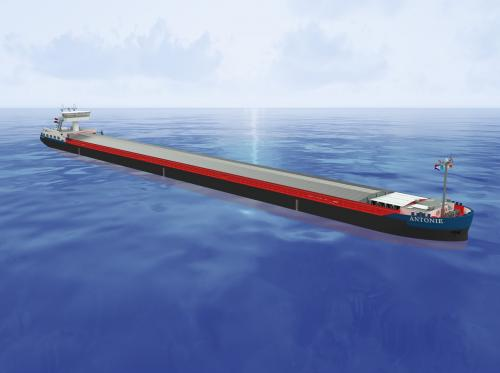I found this site on transporting hydrogen
http://www1.eere.energy.gov/hydrogenandfuelcells/pdfs/25106.pdf
On page 33 it mentions use of tankers similar to today's LNG tankers
Barges or sea-going vessels have been considered for long-distance transport of hydrogen. Canada
developed several ship designs for transatlantic transport of hydrogen. One uses five small barges
carried in a larger ship that can be separated once the trip is complete. Each barge would carry 21,200
kg (46,800 lb) of hydrogen, with no venting during a 50-day trip. Other designs included a single
tanker holding 7 million kg (16 million lb) of hydrogen and another with four spherical tanks, each
holding 3.5 million kg (8 million lb). Boil-off rates for these vessels are estimated at 0.2%-0.4%/day
(Hart 1997). None of these vessels has been constructed, but liquid natural gas tankers transport as
much as 125,000 m3 of natural gas (roughly equivalent to 9 million kg [20 million lb] of hydrogen)
(Timmerhaus and Flynn 1989).
Anyone have any guestimates on the actual size of these designs?
http://www1.eere.energy.gov/hydrogenandfuelcells/pdfs/25106.pdf
On page 33 it mentions use of tankers similar to today's LNG tankers
Barges or sea-going vessels have been considered for long-distance transport of hydrogen. Canada
developed several ship designs for transatlantic transport of hydrogen. One uses five small barges
carried in a larger ship that can be separated once the trip is complete. Each barge would carry 21,200
kg (46,800 lb) of hydrogen, with no venting during a 50-day trip. Other designs included a single
tanker holding 7 million kg (16 million lb) of hydrogen and another with four spherical tanks, each
holding 3.5 million kg (8 million lb). Boil-off rates for these vessels are estimated at 0.2%-0.4%/day
(Hart 1997). None of these vessels has been constructed, but liquid natural gas tankers transport as
much as 125,000 m3 of natural gas (roughly equivalent to 9 million kg [20 million lb] of hydrogen)
(Timmerhaus and Flynn 1989).
Anyone have any guestimates on the actual size of these designs?


